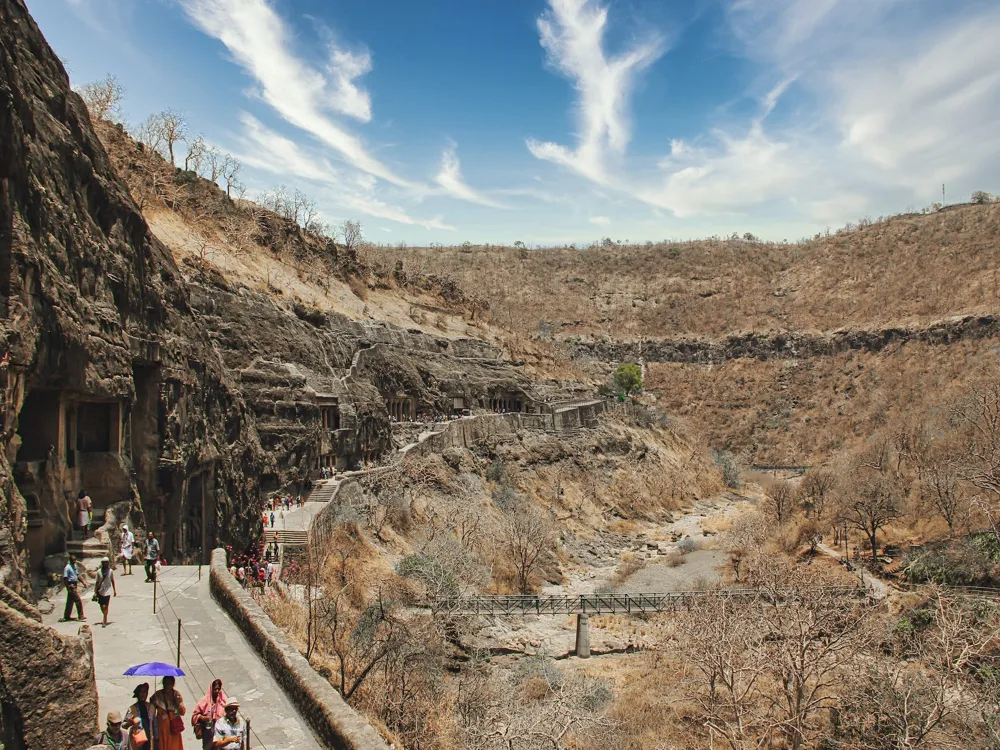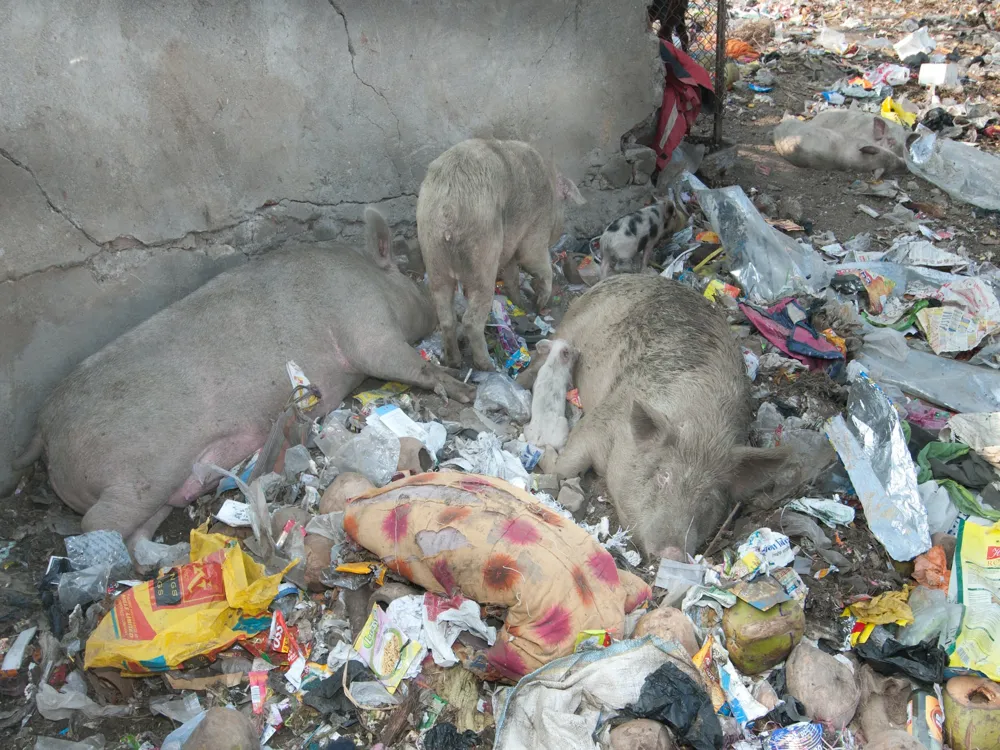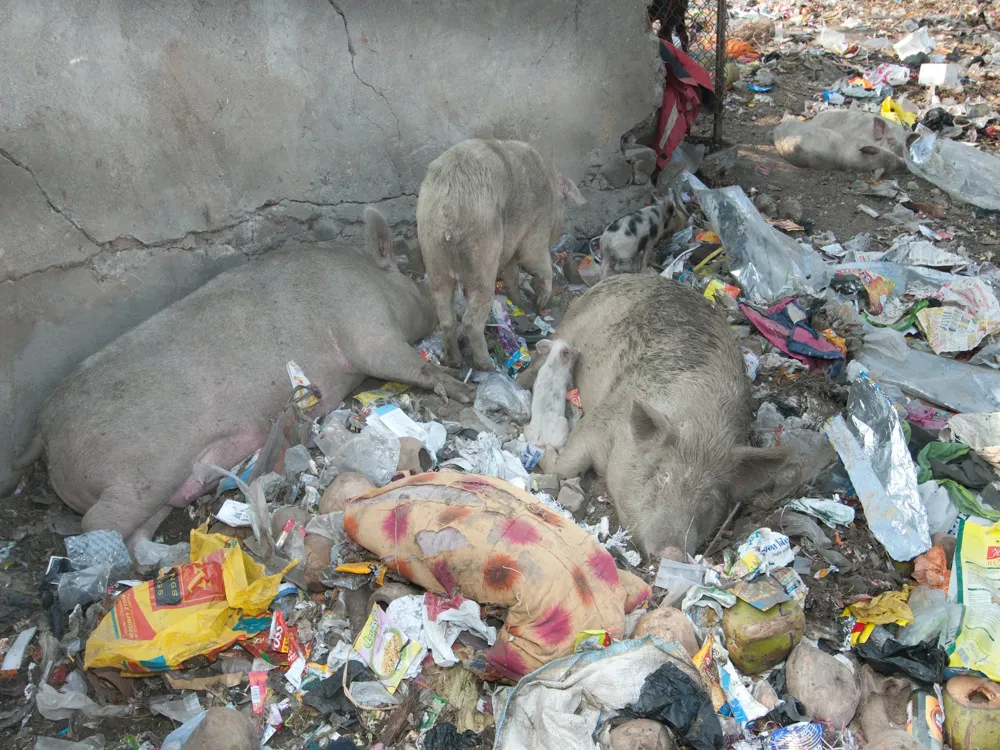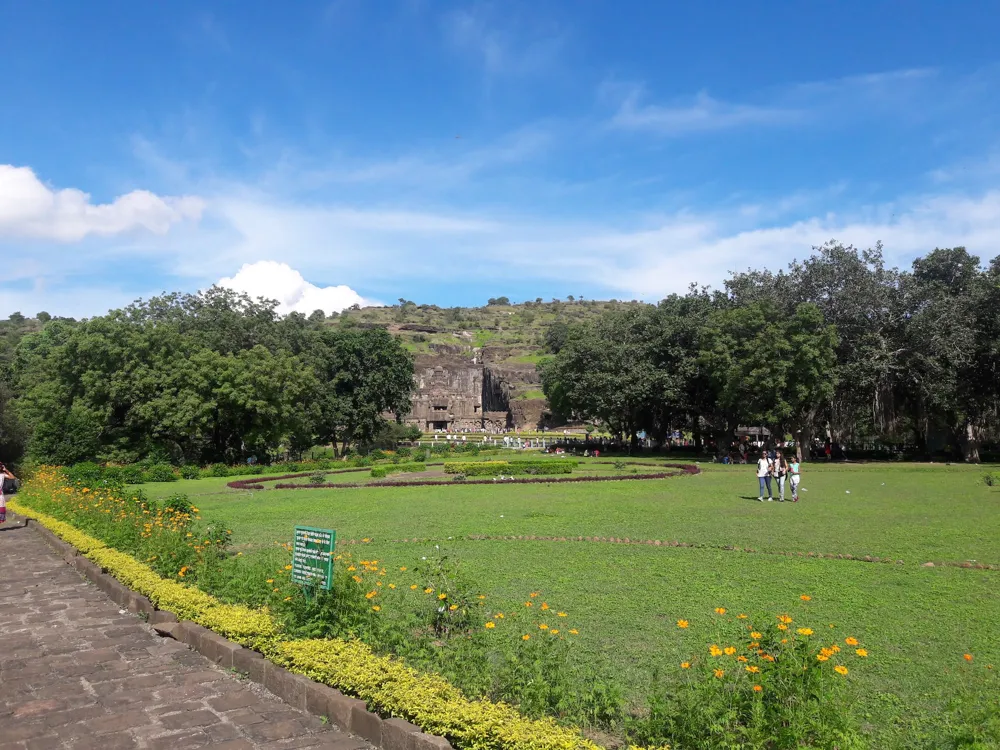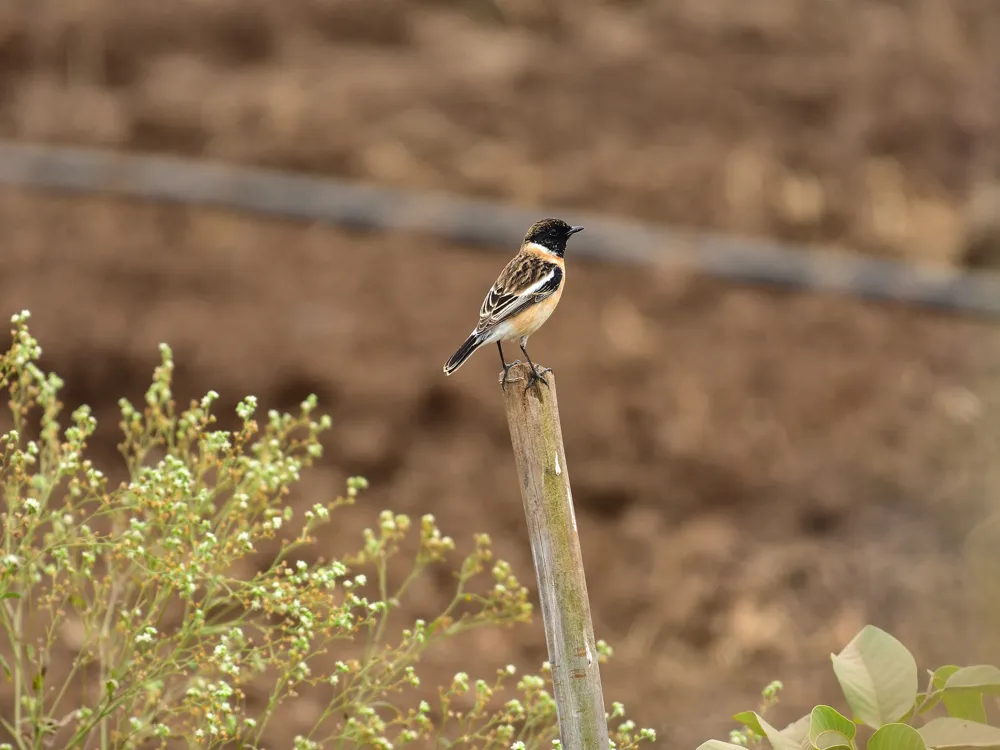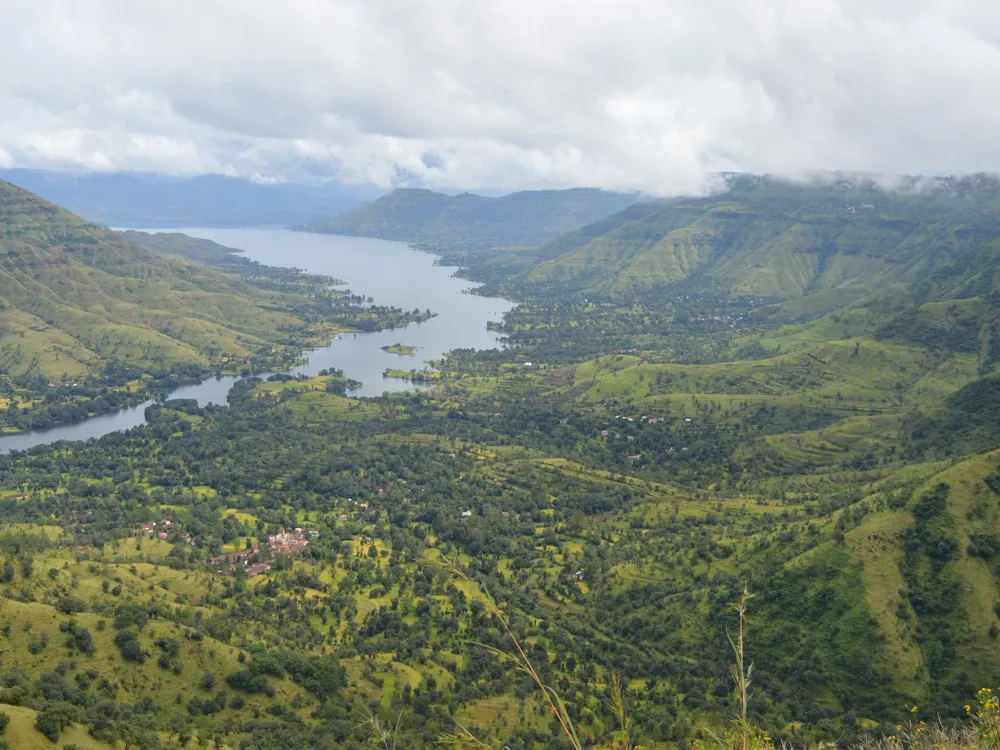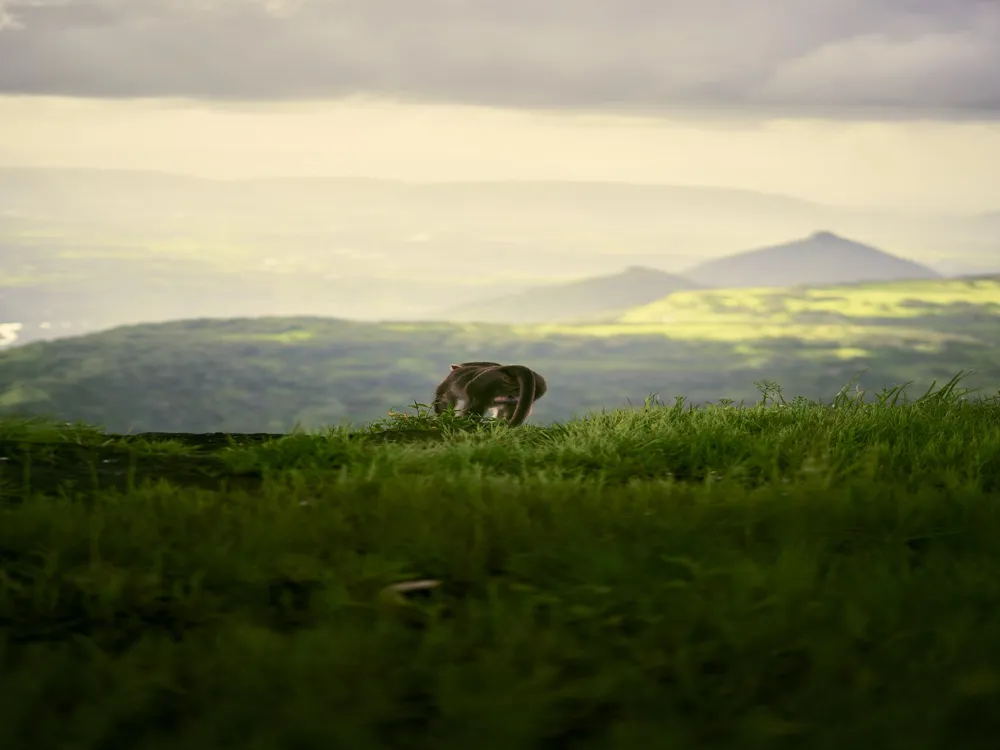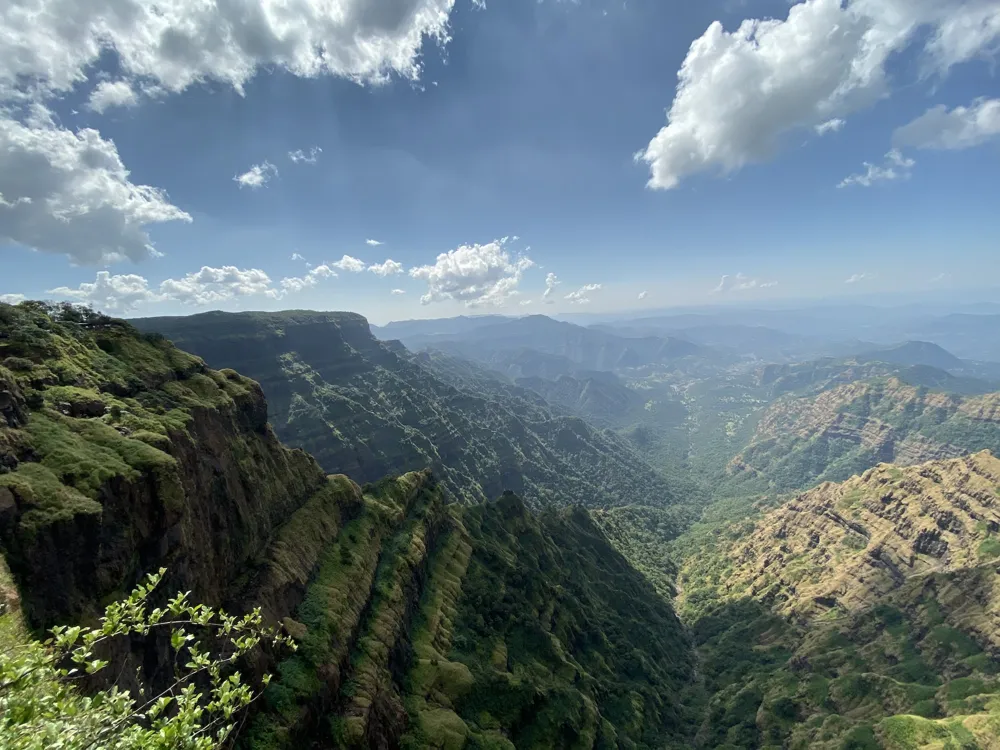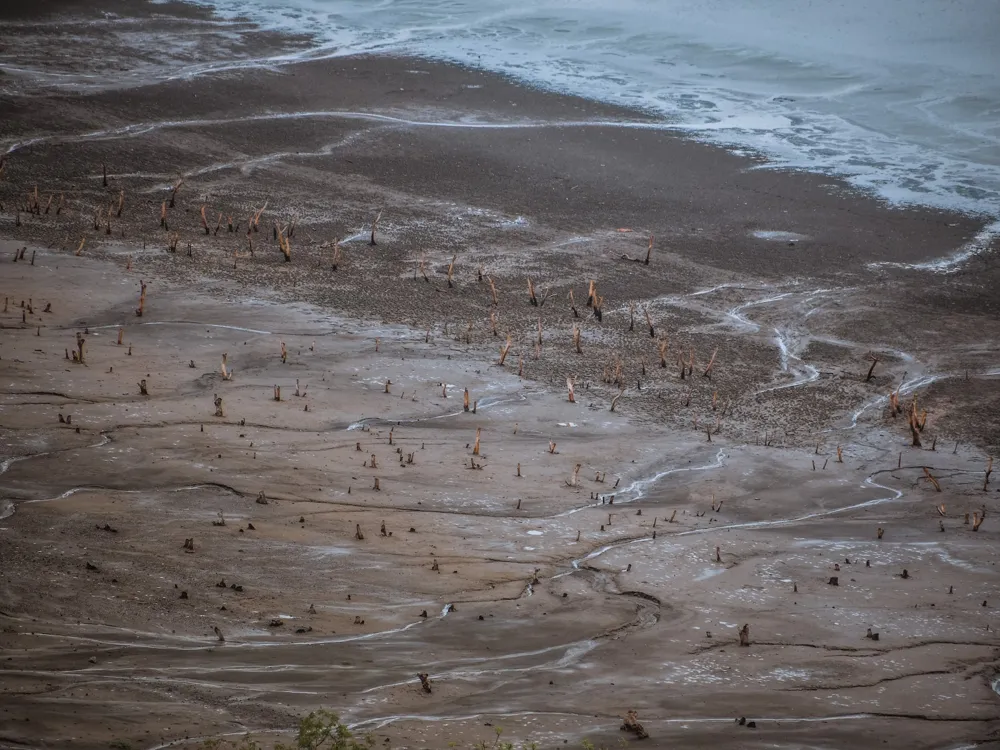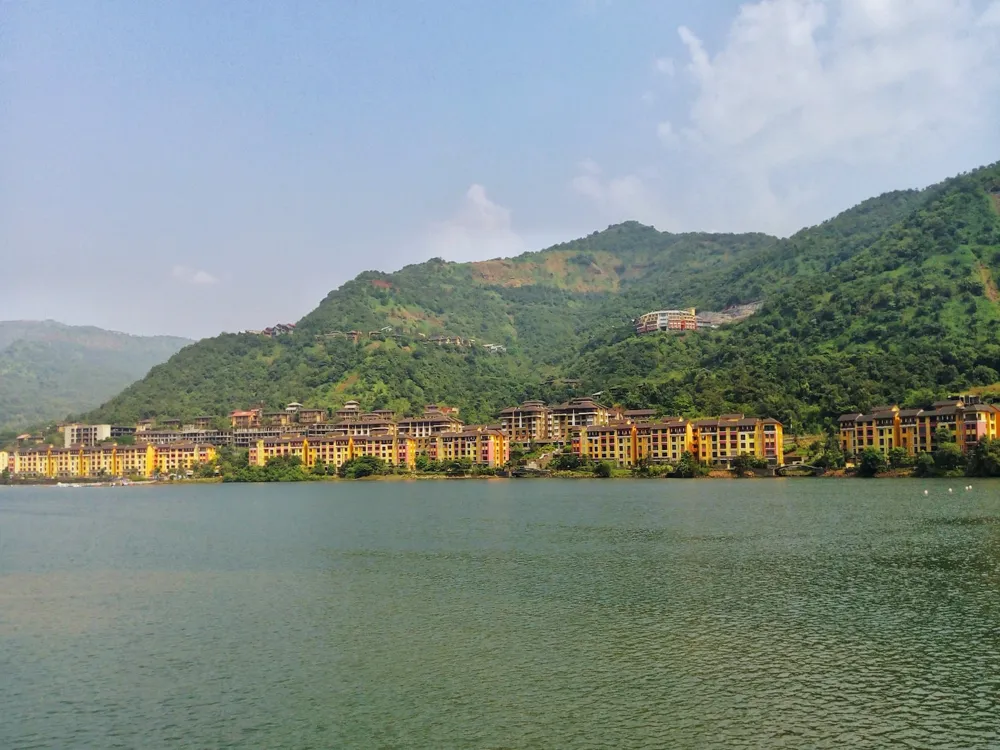The Pitalkhora Caves, nestled in the Sahyadri hills of Maharashtra near Aurangabad, present a mesmerizing blend of history, art, and spirituality. Dating back to the 2nd century BCE, these caves are among the earliest examples of rock-cut architecture in India. The complex comprises 14 Buddhist caves, which are a testament to the religious harmony and artistic excellence of ancient times. The caves, divided into two groups, are renowned for their intricate carvings, sculptures, and inscriptions, providing a window into the life and times of early Buddhist communities. Historically, Pitalkhora Caves played a pivotal role as a major Buddhist monastic center. The inscriptions and the architectural styles suggest that these caves were patronized by the Satavahana dynasty and later by the Vakataka rulers. These caves not only served as monasteries and worship places for Buddhist monks but also as a strategic stopover on the ancient trade route, enhancing their significance in cultural exchange and commerce. The architecture of the Pitalkhora Caves is a remarkable blend of skill and aesthetics. The caves are cut into a steep cliff and are accessible through a series of rock-cut steps. The Chaitya (prayer hall) and Viharas (monastic cells) showcase intricate carvings of Buddhist deities, animals, and floral patterns. The unique water management system, with rock-cut channels and cisterns, highlights the advanced engineering skills of that era. In recent years, efforts have been made to preserve and maintain the Pitalkhora Caves. Archaeological surveys and restoration projects are ongoing to ensure that this heritage site continues to tell its age-old stories to future generations. The Pitalkhora Caves are a stunning example of early Indian rock-cut architecture, reflecting the ingenuity and craftsmanship of ancient artisans. Carved out of basalt rock, these caves are distinguished by their intricate designs and detailed sculptures. The architectural elements found here are significant for their early style, which influenced later developments in rock-cut architecture across India. The layout of Pitalkhora Caves is strategically designed, considering the natural contours of the hillside. The complex includes Chaityas (prayer halls), Viharas (monastic cells), and smaller caves used for various purposes. The façades of the caves are adorned with elaborate carvings, and the interiors are marked by pillars, sculpted panels, and stupas, all carved out of the living rock. The caves boast a rich array of sculptures depicting Buddha, Bodhisattvas, and various mythological figures. The fine workmanship is evident in the detailed expressions and ornate attire of these figures. The artistry of Pitalkhora extends to the depiction of animals and floral motifs, showcasing a deep understanding of natural forms. The architectural style of Pitalkhora Caves shows a clear evolution from the rudimentary early caves to the more sophisticated later ones. This progression provides valuable insights into the development of rock-cut architecture in India, making Pitalkhora an important site for historians and archaeologists. Visit the caves during the cooler months, from November to February, for a comfortable experience. Wear comfortable walking shoes and modest clothing suitable for a place of historical and religious significance. Consider hiring a local guide to gain deeper insights into the history and architecture of the caves. Pitalkhora Caves are located about 40 km west of Aurangabad. The nearest airport is Aurangabad Airport, well connected to major Indian cities. From Aurangabad, visitors can hire taxis or use public transport to reach the caves. The journey offers a scenic route through the beautiful landscape of Maharashtra. READ MORE:Overview of Pitalkhora Caves, Aurangabad
Historical Significance
Architectural Marvels of the Caves
Preservation Efforts
Architecture of Pitalkhora Caves
Design and Layout
Sculptural Art
Evolution of Style
Tips When Visiting Pitalkhora Caves
Best Time to Visit
Dress Appropriately
Guided Tours
How To Reach Pitalkhora Caves
Pitalkhora Caves
Aurangabad
Maharashtra Goa
NaN onwards
View aurangabad Packages
Weather :
Tags : Cave
Timings : 8:00 AM - 5:00 PM
Time Required : 1-2 hrs
Entry Fee : No entry fee
Planning a Trip? Ask Your Question
Aurangabad Travel Packages
View All Packages For Aurangabad
Top Hotel Collections for Aurangabad

Private Pool

Luxury Hotels

5-Star Hotels

Pet Friendly
Top Hotels Near Aurangabad
Other Top Ranking Places In Aurangabad
View All Places To Visit In aurangabad
View aurangabad Packages
Weather :
Tags : Cave
Timings : 8:00 AM - 5:00 PM
Time Required : 1-2 hrs
Entry Fee : No entry fee
Planning a Trip? Ask Your Question
Aurangabad Travel Packages
View All Packages For Aurangabad
Top Hotel Collections for Aurangabad

Private Pool

Luxury Hotels

5-Star Hotels

Pet Friendly







